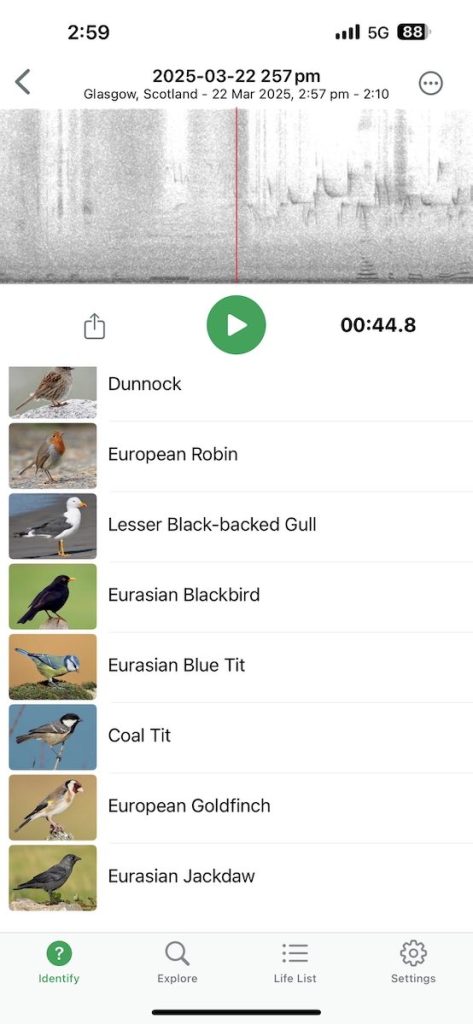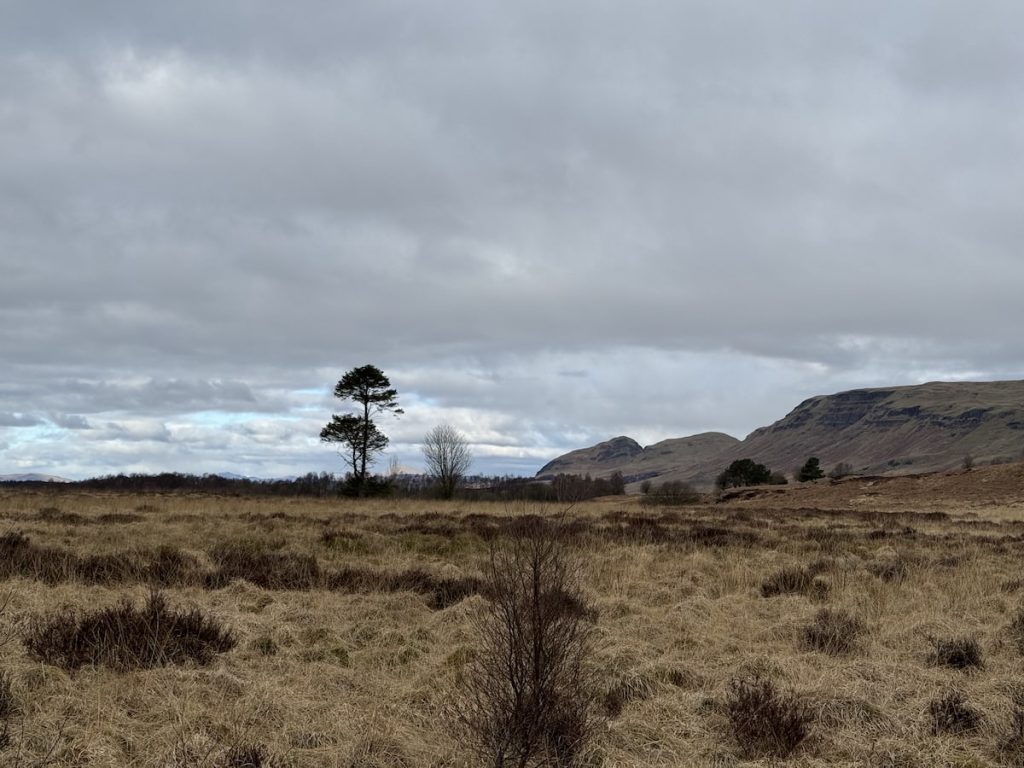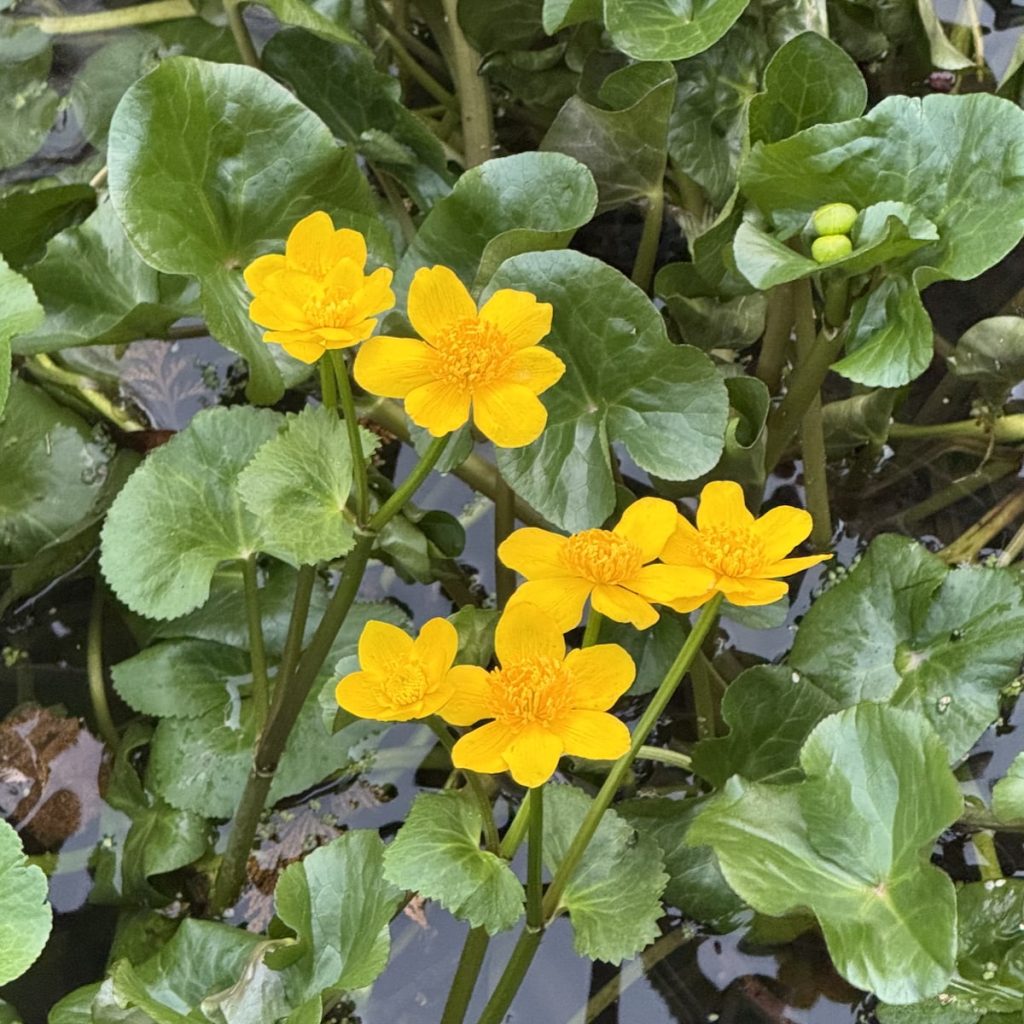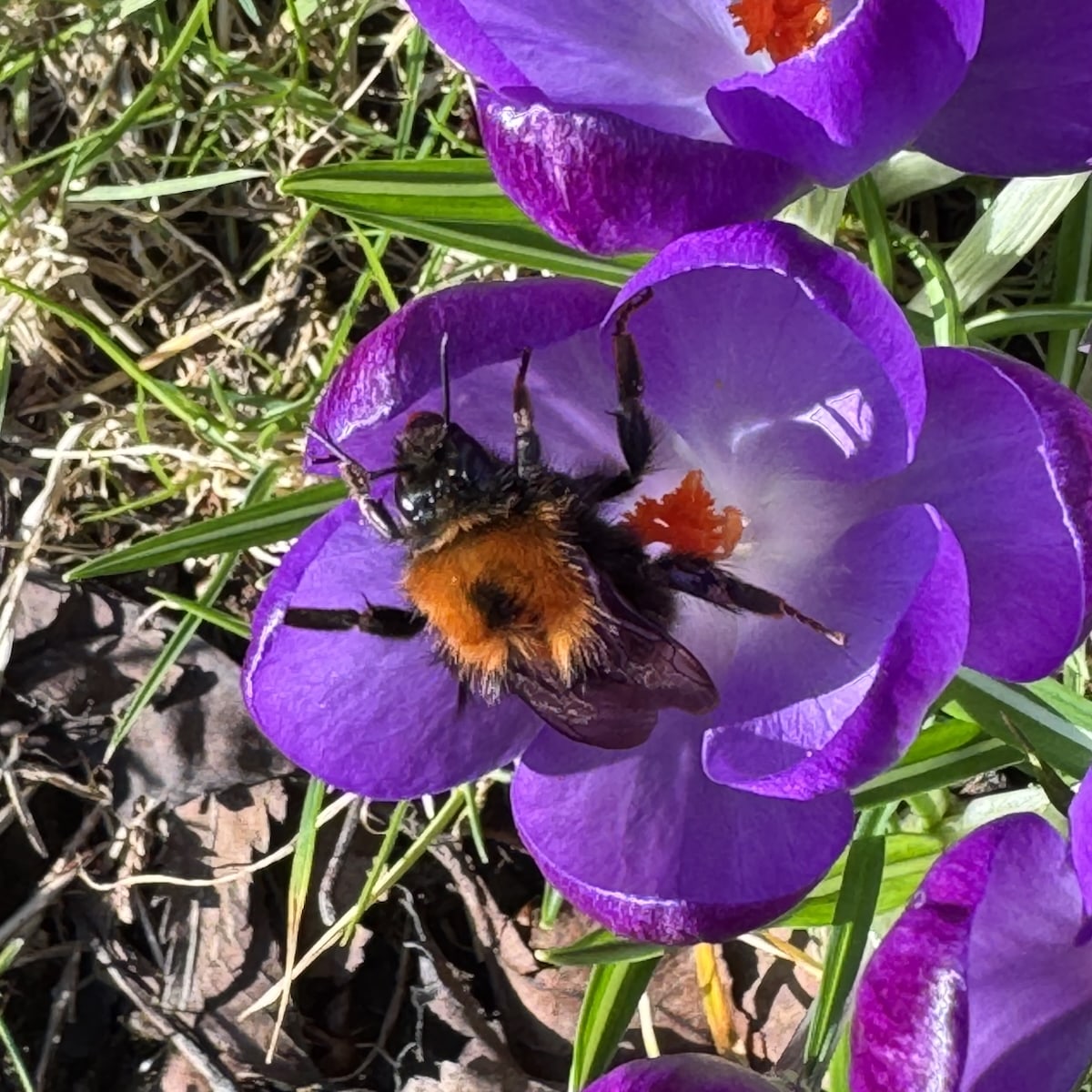It is beginning to sound like spring.


It is beginning to sound like spring.

Fusion of reggae with traditional folk. Album: ▶︎ Perpetual Musket | Elijah Minnelli | Breadminster County Council
read: The Exhibitionist by Charlotte Mendelson ★★★★☆ 📚
Probably the most horrible character I’ve read about for a while. Ray, old artist with faded reputation, more talented wife & screwed up children. Lots of fun, though Ray didn’t get the complete metaphorical kicking he deserves.

#SilentSunday
Read The Land in Winter by Andrew Miller ★★★★☆ 📚
Set in the beautifully described big freeze of 1962. Two odd couples misunderstanding their partners. Echos of the war, class, everything is changing. The book ends with a tangle of unfinished threads.
the flakes skittered, twisted, seemed briefly to rise rather than fall, then fell decisively, filling the darkness with a whispering that had no clear source, no centre. They shut their eyes. They tasted it. Stone-flavoured, the tips of the sky. It filled them with a great excitement of change.
A couple of new WordLand Links: First Drafting – Doc Searls Weblog & Joho the Blog » Trying out WordLand for blogging the second says:
It’s a web page that clears out all of WordPress’s cruft and gives you an interface that’s so simple that it’s actually enjoyable.
….
especially if … Dave Winer, … lets us add tags. I am irrationally committed to tagging
I like tags too.

#silentsunday

Metrological spring evening in Victoria Park; a storm toppled tree still blossoms; the first frog spawn in the small pond; feels like there might be frost tonight.
The sound of shouting from the T.V. news woke me from my post work sofa nap. Shocking. Reading the micro.blog timeline, I am encouraged by the reaction @bradenslen, @WiredDifferently, @numericcitizen and many more Americans.

It was quite sunny yesterday as I left work. Watched this tree bumblebee going around the crocus.